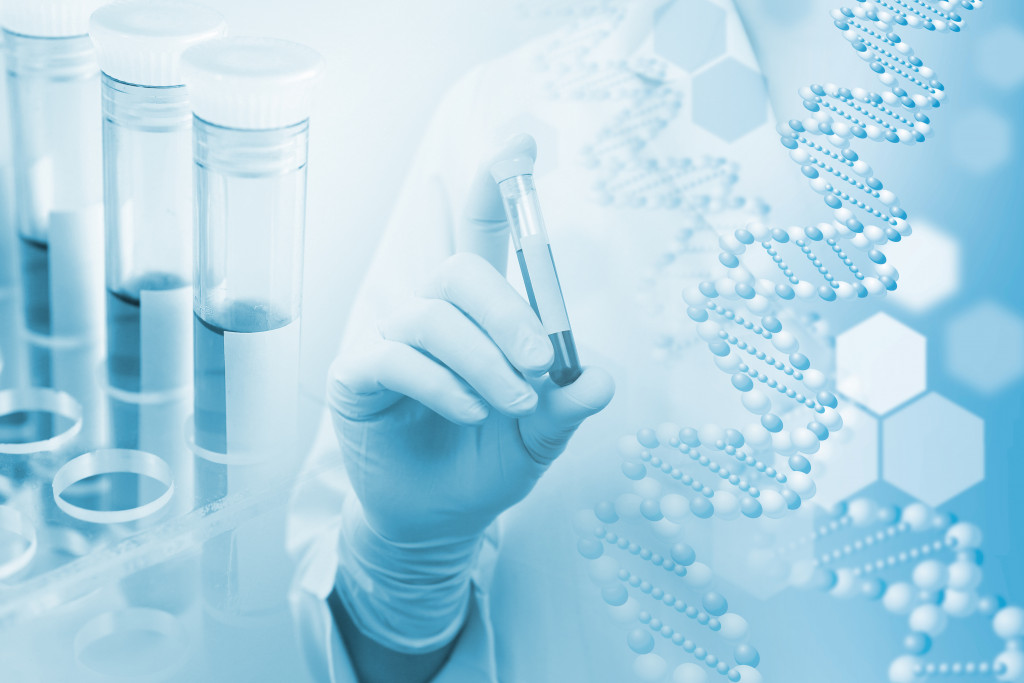Diagnostic testing is key to fighting off the pandemic. When an infectious disease such as the COVID-19 starts to spread, the initial step is to conduct testing. The goal is to quickly identify cases, provide immediate treatments, and ensure individual isolation to prevent the spread of the infection. Along with these is to have a big picture of the public health while developing proper medications, appropriate treatments, and mitigation steps against the virus spread.
It’s good that the proper authorities ensure robust, dynamic diagnostic testing for COVID. For one, the U.S. Food and Drug Administration (FDA) has authorized the emergency use of approximately 200 diagnostic tests during the pandemic. In fact, about 80 million tests have been performed in the U.S. thus far. However, the problem is that the spread of the COVID-19 disease has surpassed the number of these tests. And some key issues revolving around diagnostic testing need to be tackled.
In this article, we’ll delve into some critical issues in diagnostic testing for the COVID-19. Keep on reading to learn more.
RT-PCR testing
The reverse transcription-polymerase chain reaction (RT-PCR) testing has become the gold standard in diagnostic testing. It is a definitive indicator of infection, in which other tests are measured. The COVID-19 RT-PCR test is a real-time test for detecting nucleic acid from SARS-CoV-2 in upper and lower respiratory specimens collected from individuals. It is also applicable to anterior nasal swab specimens collected from individuals.
While RT-PCR testing is deemed effective in determining an infection, one problem is indicating how contagious a person was at the time their sample was taken. For this reason, contact tracing is required to see who has come in contact with the tested individual. That’s why the Center for Disease Control and Prevention (CDC) recommends 10-day isolation from the onset of the symptoms. Ultimately, the RT-PCR testing alone may not adequately handle the testing capacity in the long run. Still, it’s needed for individual diagnosis and population surveillance.
POC Testing
Due to the limitations of RT-PCR testing in establishing contagion, Point-of-Care or POC testing becomes necessary. POC test is a diagnostic test performed at the place where a specimen is collected, and the result is provided within minutes. This can be done in various settings such as a doctor’s clinic, urgent care centers, pharmacies, and even drive-through sites. The POC tests include NAAT, antigen, and antibody tests.
It’s good that POC tests have become readily available in the market. In fact, over 270 diagnostic tests for COVID have become commercially available in the U.S. since November of last year. Seven of these diagnostic tests are POC RT-PCR tests, while six are POC tests. The challenge, however, is to ensure reliable yet inexpensive POC testing that quickly shows results needed for widespread use.

Key Testing Strategies
Key testing strategies must be set in place to handle the pandemic with spiking COVID cases. The goal is to establish standard requirements for testing and meet public health needs. While RT-PCR testing and POC testing are deemed highly reliable, proper authorities must develop augmented testing strategies.
One approach is Pooled Testing, where it intends to conserve test resources without compromising accuracy. Under this test includes the split pool testing, where positive-tested samples are split into two sub-pools for retesting. You then repeat this process until you identify a COVID-positive sample. This approach is better than a follow-up testing of each sample. However, this test is only feasible when you have enough laboratory technical talents and low infection prevalence.
Next-generation Testing
The health sector continues to develop diagnostic testing using reliable technology, focus on drug development using dissolution instruments, and deliver medical treatments appropriate for the COVID-19 cases. The ultimate goal is to curb the spread of the COVID-19 infection and end the pandemic once and for all.
In fact, some companies and laboratories have improved the COVID-19 testing capacity with the help of Next Generation Sequencing (NGS). This next-generation testing can cover up to 10,000 samples at a time that enables you to yield results within 24 to 48 hours. Such testing is crucial in addressing the challenges in diagnostic testing for COVID-19.
The COVID-19 crisis has challenged the public use and demand for diagnostic testing. Proper authorities must continue to study the pros and cons of the RT-PCR testing, check the status of the POC testing, implement key testing strategies, and develop next-generation testing. We can only stop until the COVID-19 pandemic finally ends. But even then, we should prepare for what lies ahead—the possibility of another viral infection.

